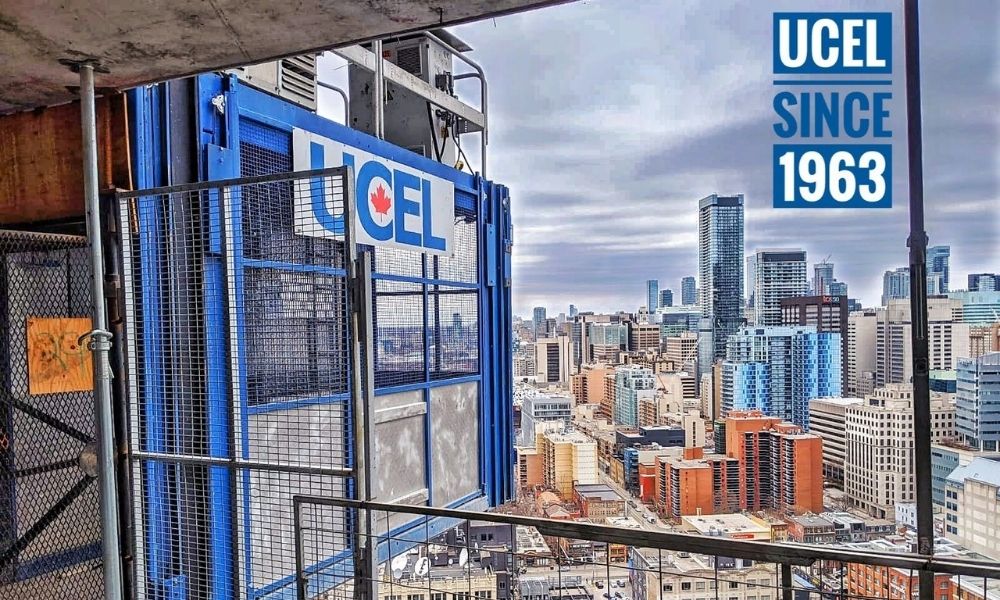Due to the many benefits that they provide, rack-and-pinion elevators are a highly popular vertical transportation option for personnel and materials in a wide range of industrial applications. In addition to their low installation and mechanical costs, rack-and-pinion elevators also eliminate structural costs, as they don’t require enclosed hoistways, machine rooms, or overhead loads. They can also be installed completely in a fraction of the time it takes for a conventional elevator. If you’re interested in learning more about these beneficial systems, consult this guide on how a rack-and-pinion elevator works.
The Construction of a Rack-and-Pinion Elevator System
Rack-and-pinion elevator systems do not consist of any hoist ropes or cables like a traction drive elevator, unless they have a counterweight but this is optional. Instead, the drive assembly is installed directly on the top of the car platform. The drive gear—also known as the pinion—is attached to the motor which drives the pinion gear and provides power to the system. Such a construction facilitates the use of a permanently-mounted gear track. As a result, a rack-and-pinion elevator is a no-slip system that is ideal for use in industrial environments and outdoor applications. Depending on the application, the cab size and capacity of a rack-and-pinion elevator system can vary widely.
The Operation of a Rack-and-pinion Elevator System
Now that you have a general understanding of the construction of a rack-and-pinion elevator system, let’s talk about how a rack-and-pinion elevator works. Essentially, the electric motor connected to the pinion drives the pinion gear and supplies vertical lift to the elevator. This construction allows the operator to move the car of the elevator up or down on command. Elevators can also be offered with automatic controls like single-automatic or collective-selective calling, or remote control. When descending, rack-and-pinion elevators normally use electrical resistance or electrical regeneration to control their downward speed. Due to Variable Frequency Drive technology, most elevators are no longer using their friction brake pads to slow or stop the elevator; but rather use complicated electrical technology that saves maintenance and reduces the risk of failure.
UCEL is a top provider of reliable, durable, and safe rack-and-pinion elevator systems. Since 1963, we have pioneered several key technologies and techniques in the hoisting industry and have become a leader in the rack-and-pinion hoist market. To learn more about our temporary and permanent rack-and-pinion elevator options, contact us today.
